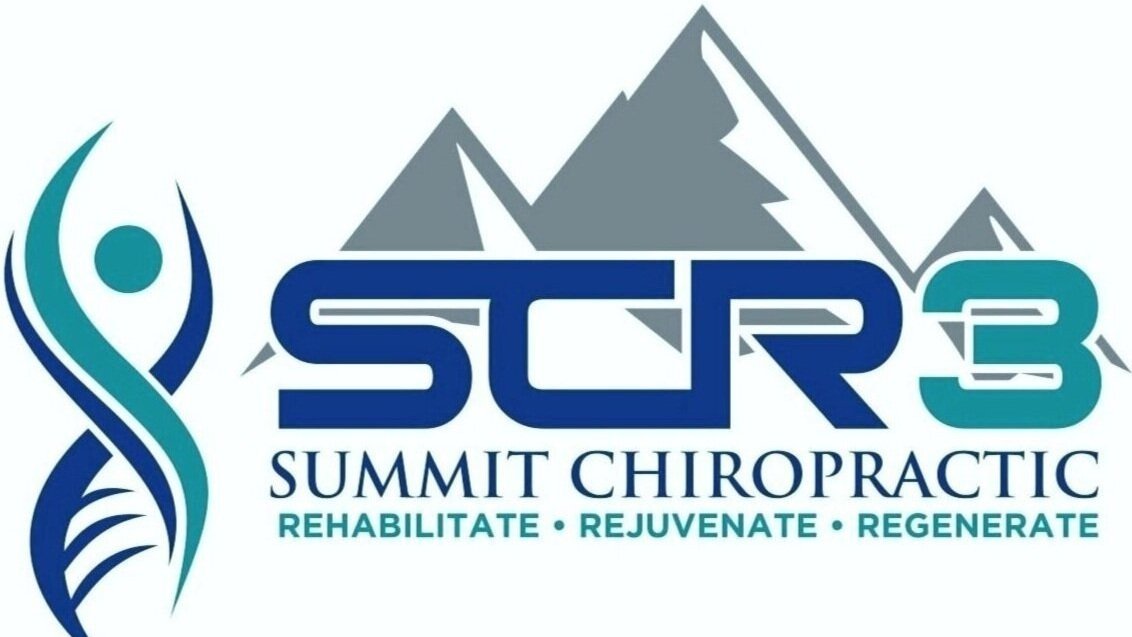Hip Pain: Not as straightforward as we thought.
Pain in the hip can come from multiple sources. Oddly enough, these sources don’t necessarily have to be in the hip. Often, pain originating from the back can “refer” or travel down into the hip. There are also many structures in the hip that can contribute to pain and discomfort. These issues can be attribute to the muscles around the hip, other denser soft tissue structures such as tendons and ligaments, and to the osseus (bone) configuration of the hip. Certain muscles of the hip can become overused and strained by increases in activity beyond their capacity, or from prolonged overuse. The smaller and denser connective tissues can also become damaged; particularly when the muscles around the hip become tired and overworked. Certain hip configurations, such as hips that are anteverted (angled forwards, causing a toeing in or “Pidgeon toe”) and retroverted (angled backwards causing the feet to point outwards) can also predispose individuals to certain conditions and potentially pain in other locations of the body.
The hip itself is deeply held ball and socket joint. It is the same kind of joint as the shoulder, but much more robust and deeply set. This increased depth of the head of the femur (top of the thigh bone) really increases the stability of the joint. This increased stability really helps keep the joint in place. Think about how many times that you’ve heard about someone dislocating their shoulder versus their hip. Hip dislocations typically only occur in episodes of significant impact and trauma such as car accidents, football tackles, and falls. A dislocation of the hip is a very serious injury that typically requires surgery to ensure that the blood supply of the femur is intact and that the connective tissues of the capsule are able to heal properly and do their job.
Some of the connective tissue that lines the hip joint include labrum, and cartilage of the head of the femur. There has been significant controversy over the proper management of the hip when these connective tissues are damaged. Hip surgery to correct structural damages in the hips are costly and invasive procedures. But the controversy really began when researchers took MRI images of individuals with no hip pain at all. What they found, instead of pristine hips, was the exact opposite. A very high percentage of individuals had damage in the hip labrum, cartilage covering the top of the hip, and varying degrees structural abnormality in the femur and where it connects to the hip. This presents a complicated issue for us clinicians that have to manage these conditions. Do we check for damage and then refer for structural correction and surgery, or can we use other means to convert people with structural damage and symptoms to structural damage without symptoms?
There are many different variables associated with hip pain. These include, but are not limited to different muscle coordination in the hip (Diamond et al. 2017), muscle weakness in the hip (Casartelli et al. 2011), inflammation and increased number of blood vessels in the hip (Elias-Jones et al. 2015), and smaller muscle size in the hip (Malloy et al. 2019). This is a pretty good compilation of the structural and biomechanical alterations in individuals experiencing hip pain. Ironically though, the most predictive variable of the severity of pain for individuals going into surgery wasn’t any of these at all, but actually how people scored on their mental health(Jacobs et al. 2017). It wasn’t the individuals with the worst structural deformities that had the most pain, but the individuals with worse mental health scores. You read that right, the individuals with worse mental health scores had more pain and disability than those with better mental health scores.
This isn’t really a matter of mental toughness, but more of mental outlook. Our thoughts and moods can have significant effects on our subjective experience of pain. So this is another very important aspect of not only hip pain, but all kinds of pain that we experience, especially if this pain is something that is chronic and debilitating.
We have many actionable variable that we can manipulate to try and convert individuals from having structural damages and pain, into people with some damage and no pain. Most clinical practice guidelines recommend 6-12 weeks of rehabilitation and conservative management (these treatments you can find on our treatments page by clicking HERE) before thinking about getting surgery. During that time in our office we work on increasing strength, ranges of motion, and muscle coordination. We also take the time to explain the condition you are experiencing. Understanding your condition is important psychologically because it helps us to recognize and not catastrophize the condition we are experiencing.
If you have any questions about any of the material here feel free to contact our office by going HERE.
Citations:
Malloy, P., A. V. Stone, K. N. Kunze, and W. H. Neal. 2019. “Patients With Unilateral Femoroacetabular Impingement Syndrome Have Asymmetrical Hip Muscle Cross-Sectional Area and Compensatory Muscle Changes ….” : The Journal of …. https://www.sciencedirect.com/science/article/pii/S074980631831137X.
